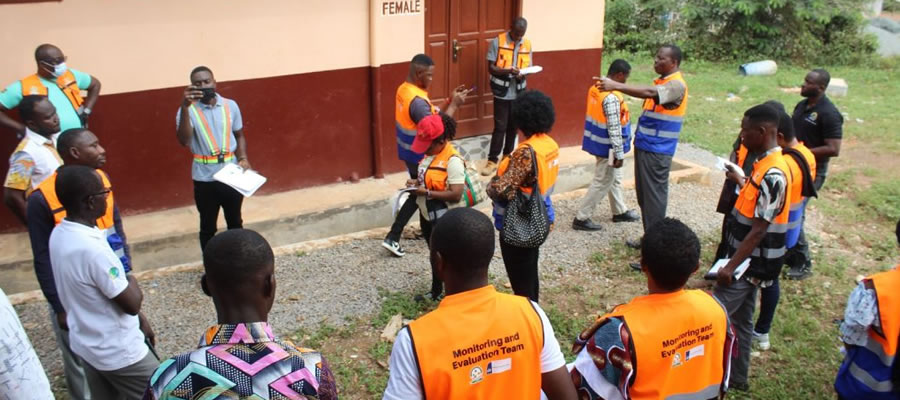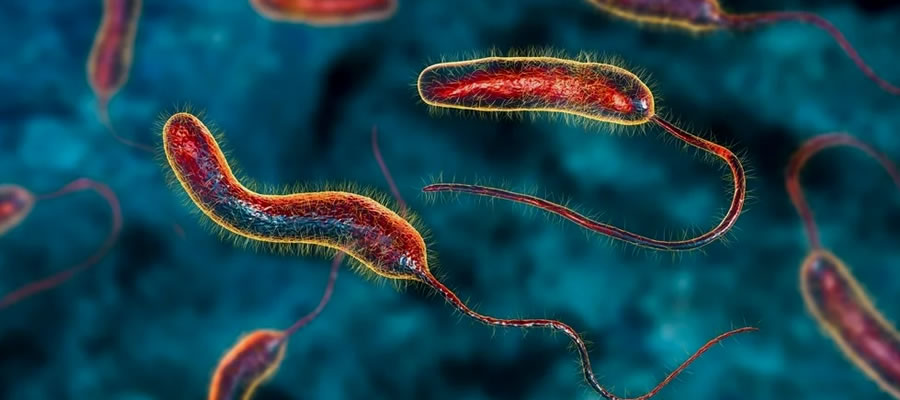

Location & Size
The Tarkwa Nsuaem Municipal is one of the Assemby’s in the Western Region of Ghana is located between Latitude 400’N and 500 40’N and Longitudes 10 45’ W and 20 10’W. It Bounded to the north is the Wassa Amenfi District, the south by the Ahanta West District, the West by the Nzema East Municipal and the East by Mpohor Wassa East District. It has a total land area of 2354 sq. km.
Topology & Drainage
The Municipality falls within the forest dissected plateaus physiographic region. Pre-cambrain rocks of Birimian and Tarkwaian formations underlie the forest-disserted plateau. The land rises from about 240 meters to about 300 meters above sea level.
The area is generally undulating with few scarps ranging between 150 meters to 300 meters above sea level. The Bonsa, Ankobra and Huni rivers and their numerous tributaries including Buri, Anoni, Sumin, Ayiasu drain the area depicting a dendritics pattern.
Climate & Vegetation
It lies within the South-Western Equatorial Zone. It therefore has fairly uniform temperature, ranging between 260C in August and 300C in March. Sunshine duration for most part of the year averages 7 hours per day. Relative humidity is generally high throughout the year between 70 – 80 percent in the dry season and 75 – 8- percent in the west season.
It experiences the highest rainfall in Ghana. It has a mean annual rainfall of 187.83cm with a double maximum rainfall starting from March and September as the main rainfall season and October to February as the dry season.
This has an important effect on the environment in creating watersheds, large expanses of stagnant water bodies, deep trenches and gullies as well as leaching the nutrient content of the soil. Vegetation The Municipality falls within the rainfall belt with the height of trees ranging between 15 – 40 meters high. They also have wide crowns. The forest is full of climbers and lianas, which are able to reach into the upper tree layer. Economic trees include mahogany, wawa, odum, sapele among others. In recent times, most part of the rich forest has been reduced to secondary forest through increased human activity. Human activities like, excessive opening cast mining, farming activities and indiscriminate lumbering, have impacted negatively on the natural vegetation. However can still boast of large forest reserves like the Bonsa Reserves (209.79km2), Ekumfi Reserve (72.52km2) and Neung Reserve (157.84Km2).
Geology & Soil
It forms part of the Birimian and Tarkwain geological formations. Economically, the Birimian rocks are regarded as the most important formations due to its mineral potentials. It accounts for the existence of many Gold and Manganese mining companies in the Municipality.
Soils are deep and open and acidic in many places due to heavy leaching of bases from the top because of the high rainfall, humidity and temperatures. They are mainly forest oxysoils developed over a wide range of highly weathered parent materials including Tarkwaian and Birimian rocks. The acidic nature reduces availability of soil phosphorus, calcium and magnesium, but generally, levels are acceptable for good plant growth, hence the extensive cultivation of cassava, maize, plantain, rubber, cocoa and oil palm among others.
Date Created : 11/28/2017 7:55:57 AM












 facebook
facebook
 twitter
twitter
 Youtube
Youtube
 +233 593 831 280
+233 593 831 280 0800 430 430
0800 430 430 GPS: GE-231-4383
GPS: GE-231-4383 info@ghanadistricts.com
info@ghanadistricts.com Box GP1044, Accra, Ghana
Box GP1044, Accra, Ghana